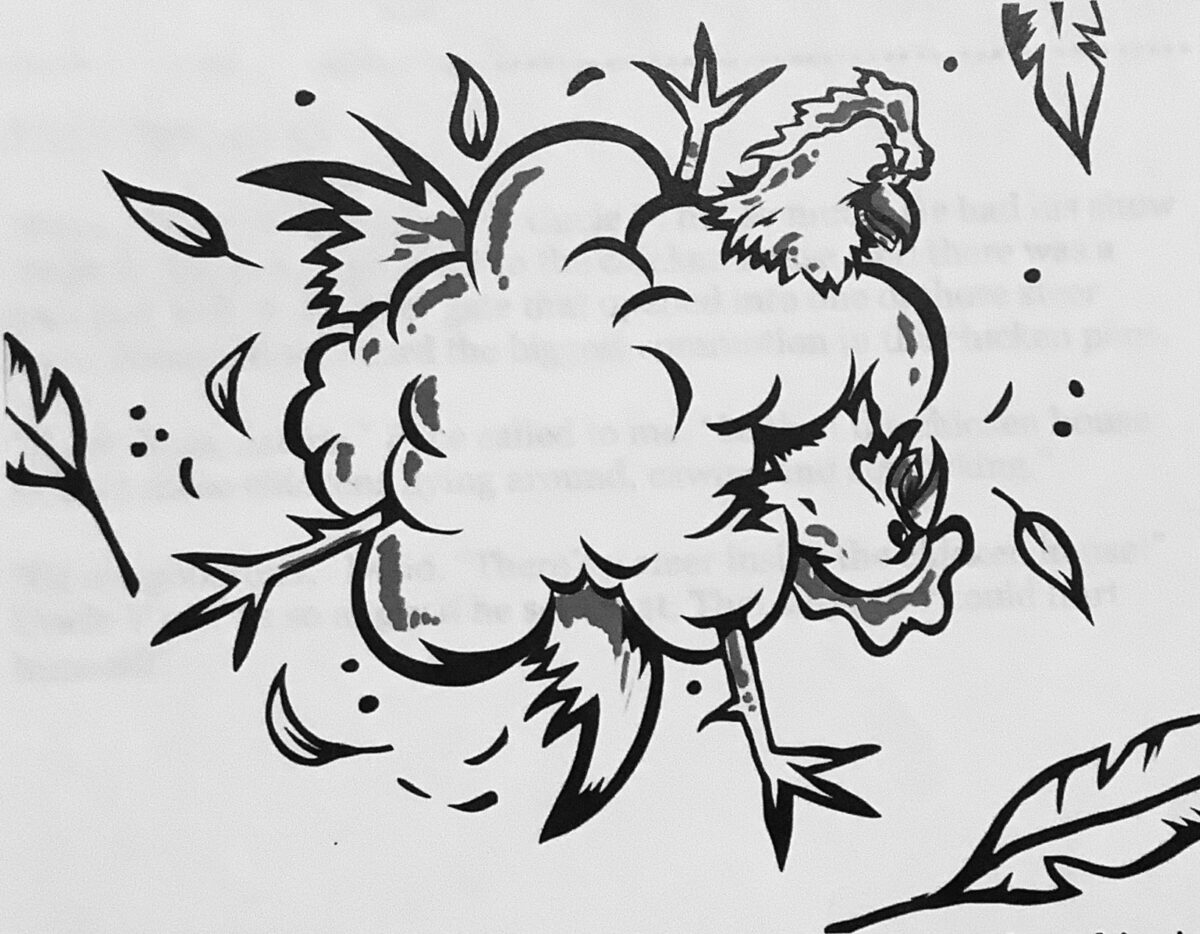“We want to do a lot of stuff; we’re not in great shape. We didn’t get a good night’s sleep. We’re a little depressed. Coffee solves all these problems in one delightful little cup.”
-Jerry Seinfeld
In the space between the scary cheer of October and December’s pending Christmas glee, we have the quiet calm of November (until Thanksgiving). Sliding towards winter, with an overload of activities ahead, I find myself more and more craving peace and quiet and coffee. Nestled in my office, with my typewriter at the ready and our little dog Mac napping at my feet, all I need is a cup of coffee. It is November. And few simple things are better than November coffee.
Coffee is almost a supernatural beverage, one of God’s gifts, good for both mind and body. When the world outside seems like too much to bear, there is nothing like a warm cup of coffee to lift your spirits, boost your mood, and make you glad to be alive. As my brother-in-law Harley would say, “That’s not coffee, that’s medicine.” While coffee is of course a blessing year-round, we need that medicine, especially in November.
I often write about coffee. There are some good reasons why. Primarily, I am convinced that ingesting coffee (fresh, organic coffee) is good for our physical and mental health. Consistent coffee consumption provides our bodies (especially our brains) with a boatload of beneficial antioxidants every day. You may not want to go to the gym, or eat buckets of kale to stay healthy, but you can drink coffee. It might be the best thing you can do for your aging carcass.
Drinking coffee has been shown to protect the heart, reduce diabetes risk, support gut health, and even slow biological aging. Always on the lookout for new coffee research, I recently stumbled upon another study highlighting the benefits of coffee consumption, especially for your brain. The study was published in the Nutrition Journal in July 2025 (you can read the study here: nutritionj.biomedcentral.com/articles/10.1186/s12937-025-01173-x).
This study tracked 2,254 adult humans aged 60 and older for three years. Results showed that those who drank two or more cups of coffee per day (480 grams or 12 ounces) had a whopping 42 percent lower chance of poor cognitive performance on specific tests as opposed to non-coffee drinkers. Translation – the coffee drinkers could answer questions and think better (they remembered to wear pants).
To determine cognitive performance, participants were given three tests: the CERAD test (Consortium to Establish a Registry for Alzheimer’s Disease), the DSST test (Digit Symbol Substitution Test), and the Animal Fluency Test (a timed test where a person is asked to name different animals and then unique responses are counted). The study found that consuming roughly 16 ounces of coffee daily can protect your brain against cognitive decline. Drinking coffee appears to reduce oxidative damage to your neurons. Neurons are those happy brain cells that we all need to get through Thanksgiving and Christmas.
The source of these spectacular brain cell benefits appears to come from coffee’s chlorogenic acids. These are the potent polyphenols that reduce inflammation and oxidative stress in our bodies. Chronic inflammation and oxidative stress have been linked to disease in the human body, so anything we can do to fight them is a good thing. Coffee may be one of our best weapons. For your consideration this November, here are some coffee drinking tips that may help in this fight for health. You can practice these all year.
Whenever possible, drink fresh coffee. Once coffee beans are roasted, they are essentially perishable. As roasted coffee ages, antioxidant potency decreases. Freshly roasted coffee offers the most health benefits (best used within 30 days of roasting). To maintain freshness, store coffee in airtight containers away from heat and light.
Avoid sugar, syrup, and other bad stuff in coffee. If you need sweetener, honey is wonderful in coffee and a healthier choice.
Enjoy coffee in the morning. Research shows that morning intake aligns with your circadian rhythm supporting good sleep. Avoid coffee eight to ten hours before bed, unless you work at NORAD.
For maximum health benefits, consume two to four cups of coffee per day (16 – 32 ounces). More than this may cause sleep disruption and elevated blood pressure. It might also make your ear hair grow.
If you have any concerns over cholesterol levels, consider filtered coffee (pour over or drip) over non-filtered brewing (French press or espresso). If in doubt, always consult your doctor or other smart people you know.
Black coffee is considered to have the highest antioxidant levels, but some research suggests that adding cream offers health benefits as well. I personally enjoy both – black coffee, as well as coffee with heavy cream and honey.
Live long and drink up. Enjoy your November coffee…
© 2025 Jody Dyer
typewriterweekly.com



